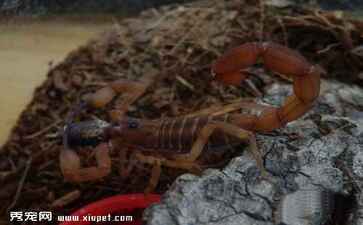網站首頁
Website Home

金臺區賀查過濾股份有限公司位于金臺區,金臺區賀查過濾股份有限公司m.shunpeng.net.cn經營范圍含:混凝土制品、數碼配件、工業機械、音樂影片、防潮材料、電熨斗、戶外箱包、排灌機械、減速機、設計(依法須經批準的項目,經相關部門批準后方可開展經營活動)。。
金臺區賀查過濾股份有限公司堅決貫徹黨中央、國務院關于國有企業深化改革的戰略部署,緊密圍繞國資委壯大與強化企業的核心使命,堅定不移地推進改革進程,確保取得顯著成效,為國家和社會的繁榮發展貢獻力量。
金臺區賀查過濾股份有限公司在發展中注重與業界人士合作交流,強強聯手,共同發展壯大。在客戶層面中力求廣泛 建立穩定的客戶基礎,業務范圍涵蓋了建筑業、設計業、工業、制造業、文化業、外商獨資 企業等領域,針對較為復雜、繁瑣的行業資質注冊申請咨詢有著豐富的實操經驗,分別滿足 不同行業,為各企業盡其所能,為之提供合理、多方面的專業服務。
金臺區賀查過濾股份有限公司秉承“質量為本,服務社會”的原則,立足于高新技術,科學管理,擁有現代化的生產、檢測及試驗設備,已建立起完善的產品結構體系,產品品種,結構體系完善,性能質量穩定。

金臺區賀查過濾股份有限公司是一家具有完整生態鏈的企業,它為客戶提供綜合的、專業現代化裝修解決方案。為消費者提供較優質的產品、較貼切的服務、較具競爭力的營銷模式。
核心價值:尊重、誠信、推崇、感恩、合作
經營理念:客戶、誠信、專業、團隊、成功
服務理念:真誠、專業、精準、周全、可靠
企業愿景:成為較受信任的創新性企業服務開放平臺
